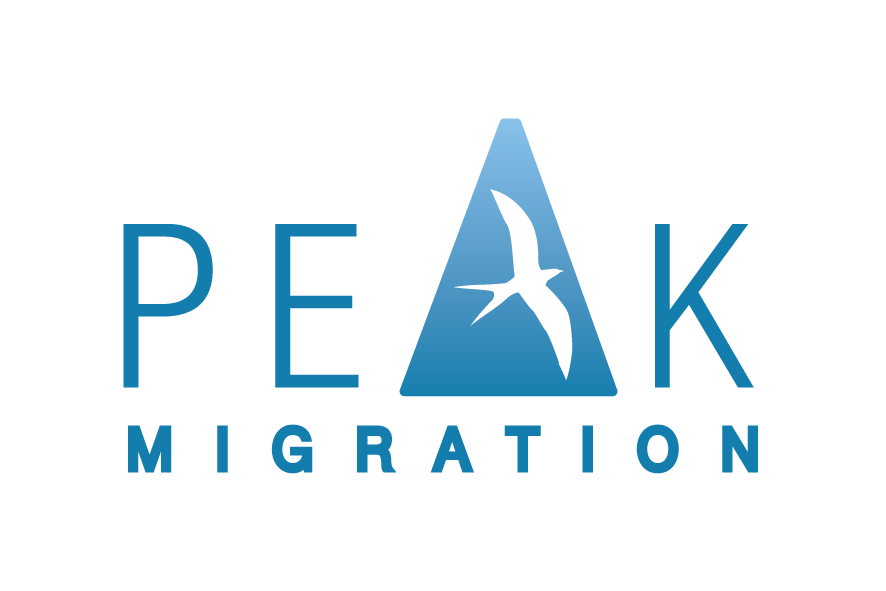DIBP now part of Home Affairs; ATO accessing DIBP data; Same-sex marriage recognition for visas
/Those who have visited the Department of Immigration and Border Protection’s (DIBP’s) homepage over the last few days will have noticed that they were redirected to the Department of Home Affairs’ webpage instead. The Department came into existence yesterday. The Department of Home Affairs is a “super portfolio” containing some of Australia’s most important functions including: federal law enforcement, national and transport security, criminal justice, emergency management, multicultural affairs, immigration, and border protection.
According to Minister Dutton’s media release, the DIBP will be combined with numerous other departments and organisations from other portfolios. Whether that means the DIBP will be a standalone department or be subsumed and rebadged as the Department of Home Affairs is not yet confirmed, however, the DIBP’s new webpages are all under the Home Affairs brand. There has been no change to any DIBP contact email addresses as of yet. They were last amended from when they were previously called the Department of Immigration and Citizenship. Peter Dutton remains the Minister for Immigration and Border Protection as well as the Minister for Home Affairs. The establishment of this portfolio is expected to take around 6 months to fully implement.
In other news, the Australian Tax Office (ATO) will be collecting data from the DIBP for the 2017-18, 2018-19, 2019-20 financial years on visa holders and migration agents. This was gazetted at the beginning of the week. Essentially, this will assist the ATO in ensuring compliance with taxation, superannuation, and foreign investment. Importantly, though, they will be in the position to cross-reference people with Australian Business Numbers (ABNs) who are not on a visa entitling them to work, and will likely cancel any offending ABNs where appropriate. According to recent media reports, there were an estimated 180,000 ABNs issued last year to people with visas that did not entitle them to work. Needless to say, employers and visa holders who are not meeting their tax obligations, or are working unlawfully may receive a rude awakening in the future.
Lastly, following the passage of the much-publicised “survey” and passage of same-sex marriage legislation, same-sex partners are to be recognised for immigration purposes as spouses. Key omnibus legislation amended the definition of spouse in the Migration Act 1958 (Cth) to specifically include “whether of the same sex or a different sex”, and remove any reference to “husband and wife”. The definition of spouse is relied on for any combined application, which is any application that allows secondary visa applicants such as partners and children. It is, of course, also used for applications made for partner (subclass 820/801 and 309/100) and prospective marriage (subclass 300) visas. The DIBP has posted a brief confirmation on their website.

